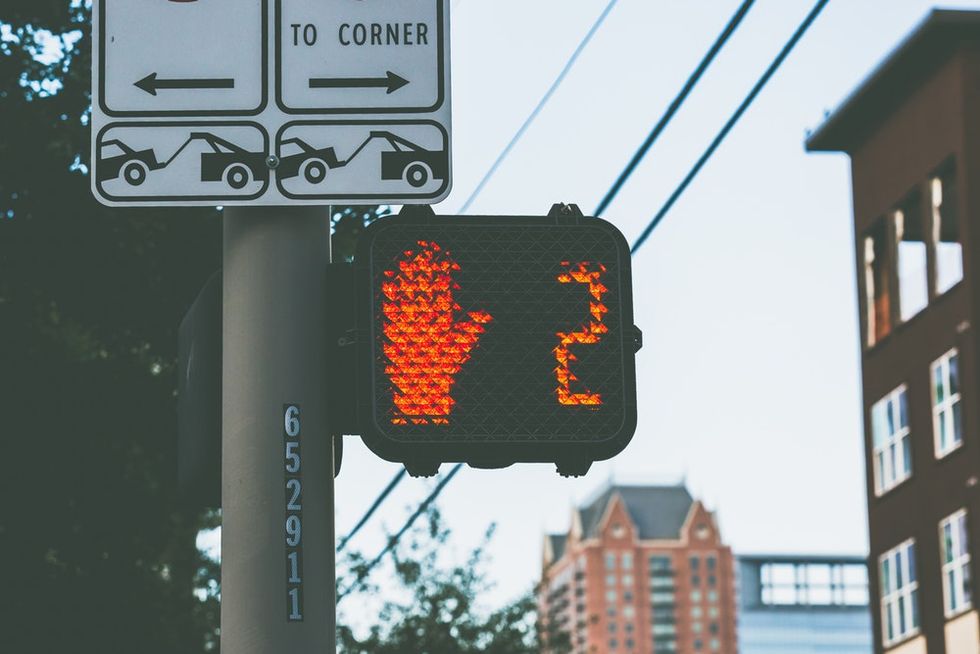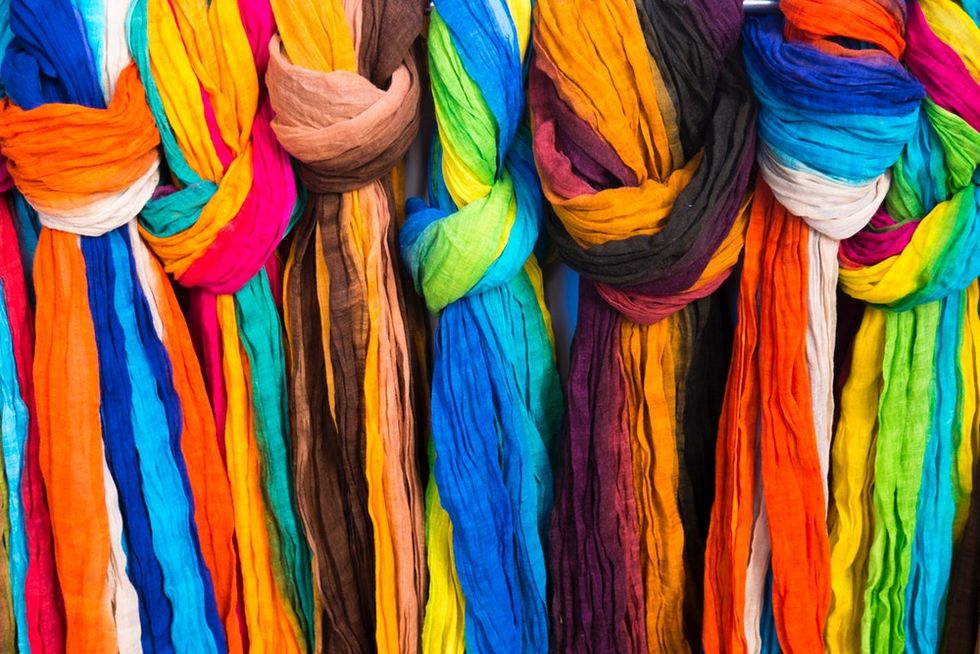Ballerinas between the ages of three and five are one of the most adorable student groups, but handling a class can be challenging for new teachers. If there are a lot of dancers in the class then the teacher is outnumbered and it is hard to keep everyone engaged.
Contrarily, when less than three dancers are present it is difficult to fill the entire class time with quality content. Here is a list of tools that I developed over my first three years as a dance teacher. The tools are entertaining and have specific purposes to aid childhood development.
1. Change pace and size
Changing the pace and size of movements will give dancers more opportunities to repeat the movement. Repetition is key for memory in younger dancers, and familiarizing them with specific movements several times helps develop coordination. Dancers will need to employ problem-solving skills to figure out what makes something look smaller, bigger, faster, or slower.
Sometimes I would ask the dancers to do “medium” after several rounds of changing the dynamic because it helps them understand how every dynamic is relative to another one. The dancers eventually pieced together that medium meant normal. Of course, they cannot articulate this idea, but the knowledge is there.
Changing movement dynamic is an important part of ballet, so this tool starts building these skills. However, the teacher has to be careful about what steps this tool is appropriate for. For instance, making a tendu smaller would compromise the integrity of the step because tendu means “to stretch.”
2. Narrative
Narrative is the most useful, widely applicable, and entertaining tool; practically any exercise can be more engaging if a narrative is applied to the process. Creating narratives appeals to young children’s naturally strong imaginations, and it encourages them to strengthen their creativity as they get older.
I had my students practice passe at the barre, but first, everyone would take turns saying their favorite color. Then the dancers would use their favorite color to “draw” a line up their leg. Letting the students contribute made them feel important and kept them engaged in the conversation. It also taught them to be patient and take turns talking.
Most students at this age have never been in a formal classroom setting, so this concept is new. Developing the ability to wait until someone else is done talking is a skill that is applicable inside and outside the classroom.
Most teachers use narratives for stretching in the center. There are several staple narratives that most teachers use (A simple google search will provide most of the popular ones.) I chose to make a pizza in second position stretch because it can be as time-consuming as you need it to be. First, we rolled out the dough and spread the sauce (stretch towards the center). Then I let everyone take turns saying what they wanted to put on the pizza, and then we put it in the oven (stretch towards the right foot) and on the table to cool (stretch towards the left foot).
This can be short and sweet if you have a lot of students, or you can add more components and take more time. Sometimes we would blow on the pizza to cool it, or I would let the dancers choose another baked good to make while we stretch. I would also do the butterfly stretch and let everyone say what color they were and where they would fly if they were butterflies.
3. Physical tools
Physical tools can be a hassle to bring to class, but they can serve a valuable purpose. Physical tools can be anything small that contributes to a narrative or illustrates the proper technique. Common items to bring include hoops, sashes, old dance shoes of yours, and flowers.
Also, if you have a small class and too much time, cleaning up the tools can be part of the game - eg. everyone picks up a certain number of tools or you have students take turns being your helper.
Teachers can do practically anything with these tools. Dancers enjoy jumping over “stinky” shoes because it is silly and it encourages them to jump higher. Sashes and flowers can help dancers get into character and experiment with movement. Also, placing a little ribbon or flower petal around the elastic of the right shoe helps the dancers switch feet as they learned particular steps.






 Photo by
Photo by  Photo by
Photo by  Photo by
Photo by  Photo by
Photo by  Photo by
Photo by 












